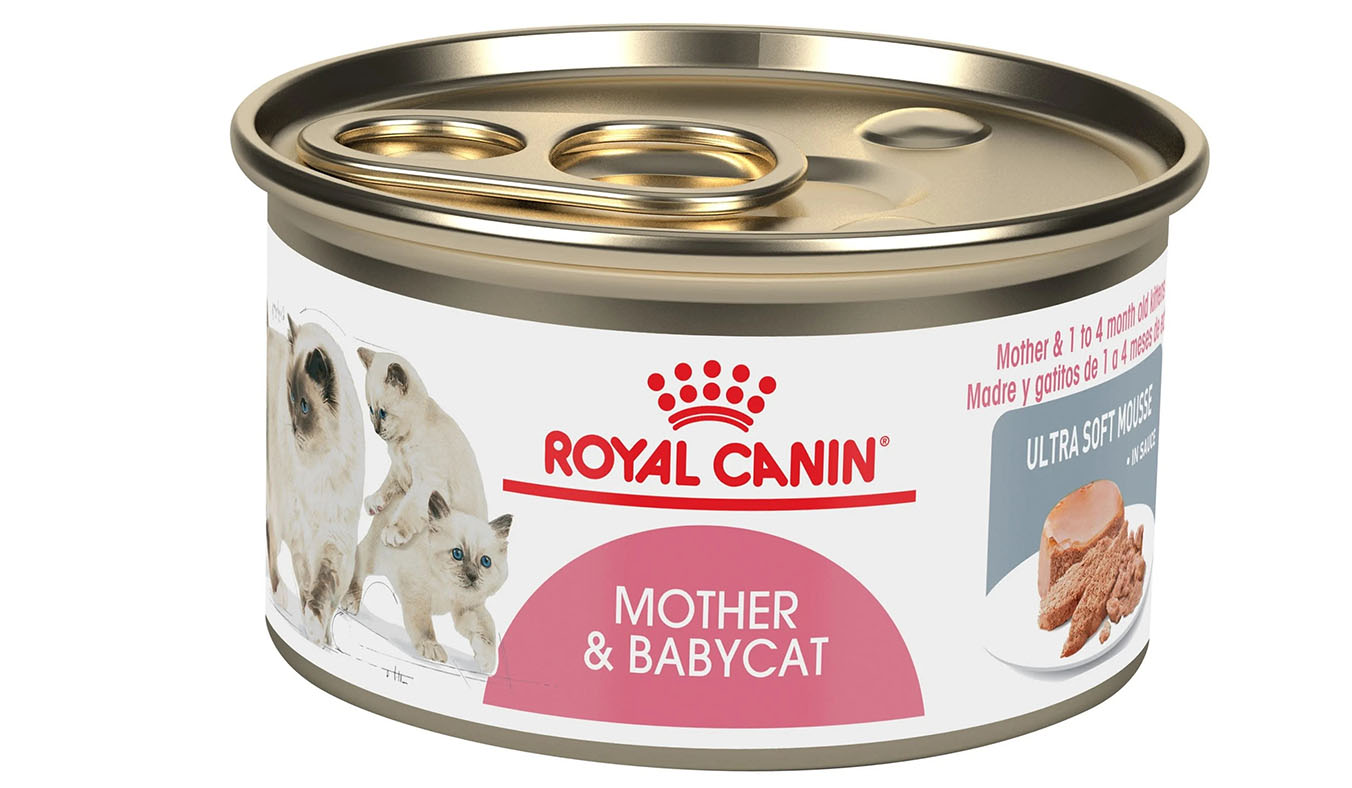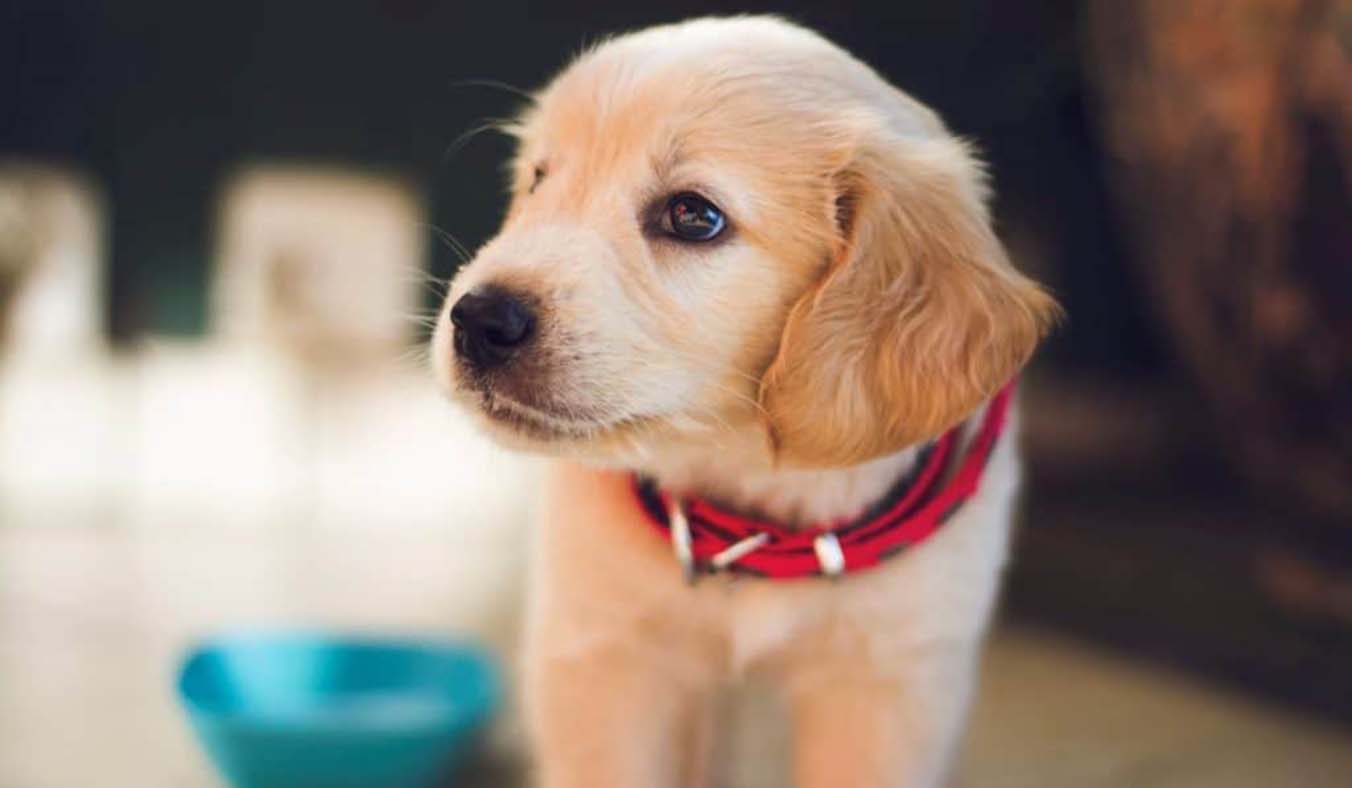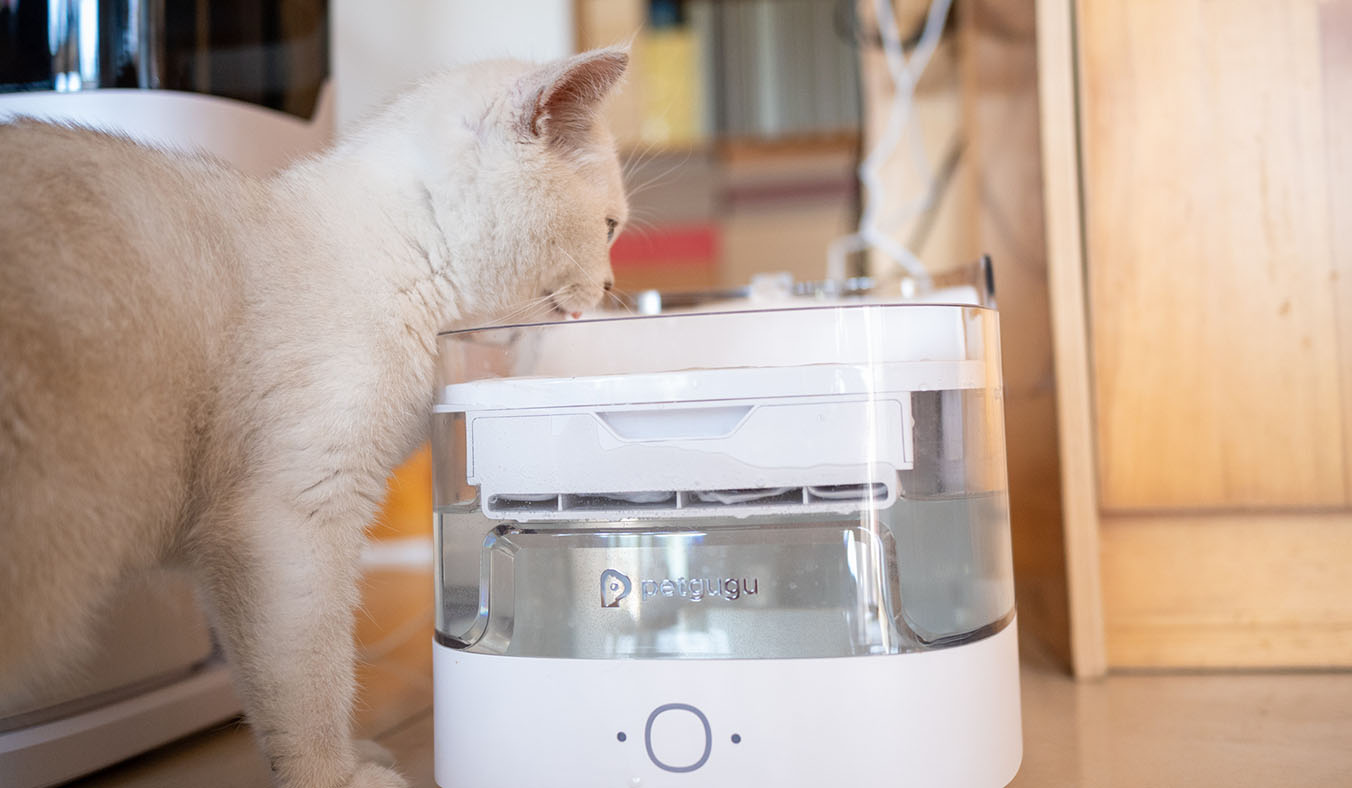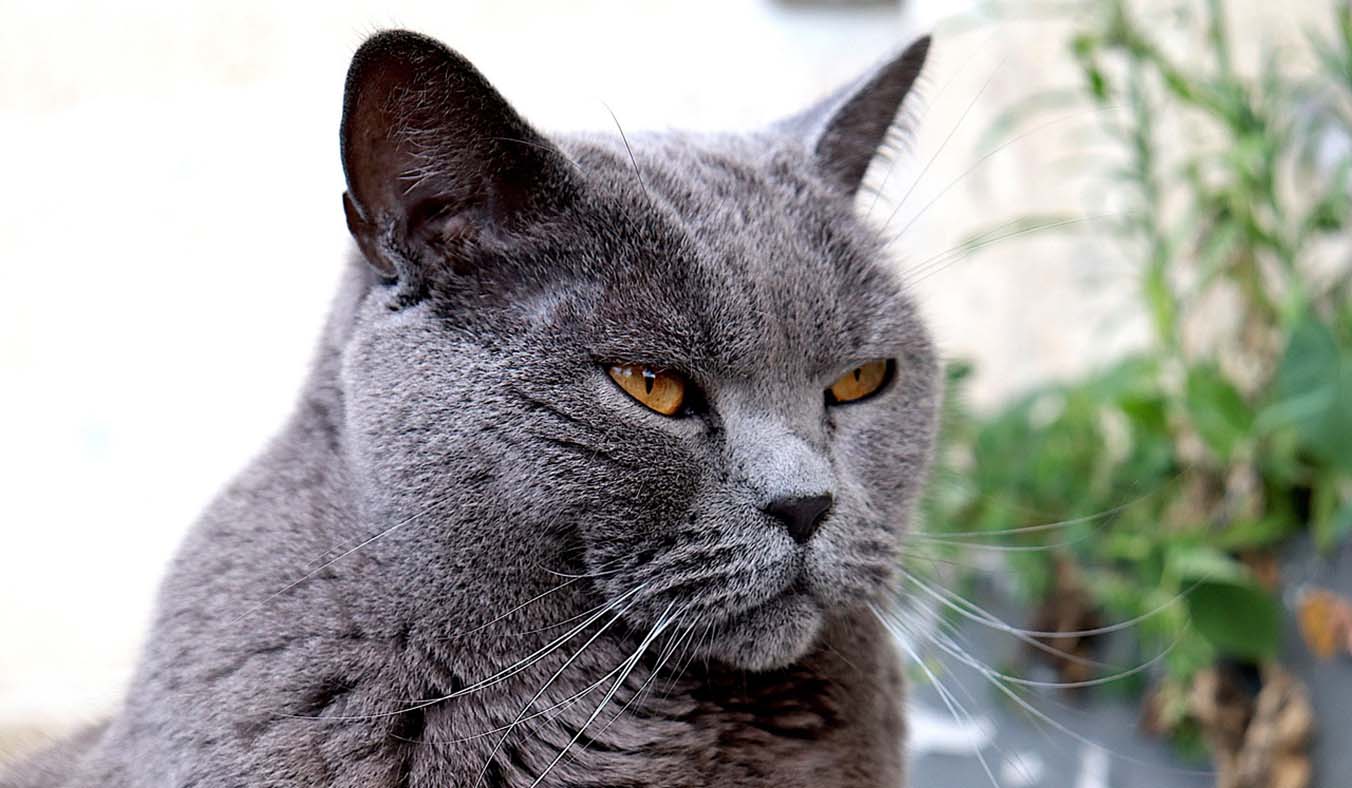Cats are masters at hiding discomfort. Many seemingly “sudden” health issues have often been silently brewing within for quite some time. Urinary tract diseases—especially cystitis, bladder stones, or even urinary blockages—are among the most common health concerns in domestic cats. When your cat shows signs of recurring blood in the urine, frequent urination, reduced urine volume, or difficulty urinating, it’s a warning bell that should not be ignored.
When faced with a cat suffering from hematuria, many people turn to medication or veterinary interventions first, while overlooking the foundational role of diet in daily prevention and management. That’s where urinary health-specific cat food comes in. These diets are formulated with precise nutritional adjustments to help support a healthy urinary system.
1. Understanding the Cat’s Urinary System: A Delicate and Precise Pathway
A cat’s urinary system consists of the kidneys, ureters, bladder, and urethra. Its role goes beyond simply expelling urine—it helps maintain fluid balance, regulate electrolytes, and eliminate metabolic waste. Any problem in this system can lead to serious health consequences.
Domestic cats, in particular, tend to drink less water and have highly concentrated urine. If their hydration, diet, or living environment isn’t well-managed, they are highly susceptible to urinary issues.
2. Main Causes of Blood in Cat Urine
Hematuria (blood in urine) is a common indicator of urinary problems and can stem from various underlying causes:
1. Feline Lower Urinary Tract Disease (FLUTD)
FLUTD refers to a group of non-infectious disorders affecting the bladder and urethra. Common symptoms include:
- Frequent or urgent urination
- Straining to urinate with little or no output
- Blood in the urine
- Urinary blockage (more common in males)
Feline idiopathic cystitis (FIC) is the most prevalent type, accounting for over 60% of FLUTD cases. Its causes are not fully understood but may involve stress, low water intake, or a damaged bladder lining.
2. Urinary Stones (Struvite or Oxalate)
When mineral levels in urine are too high, crystals can form and cluster into stones under certain pH conditions. These stones irritate the bladder or block the urethra, often causing hematuria and painful urination.
Risk factors for stones include:
- Inadequate water intake
- High levels of magnesium or phosphorus in the diet
- Alkaline urine (struvite stones) or acidic urine (calcium oxalate stones)
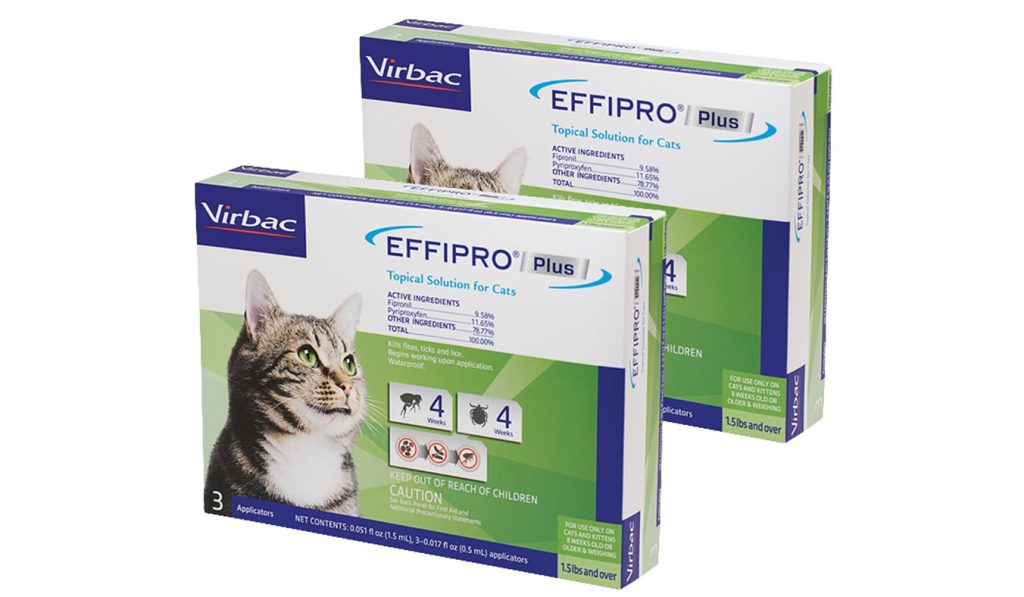
3. Bacterial Infections
While bacterial cystitis is less common in cats, it does occur—especially in older cats, diabetics, or those with weak immune systems. Typical signs include:
- Cloudy or foul-smelling urine
- Frequent urination with small volumes
- Excessive licking of the genital area
4. Urethral Blockage (especially in male cats)
The male cat’s urethra is narrow and easily blocked by mucus plugs, crystals, or inflammatory debris. Complete blockages require urgent medical care and can quickly lead to uremia, a life-threatening condition.
3. How Urinary-Specific Cat Food Works
Many urinary problems are directly linked to dietary factors. Urinary-specific cat food is formulated to:
1. Regulate Urine pH
By controlling protein sources and acid-base balance, these diets keep urine pH between 6.0–6.5, reducing the risk of struvite crystal formation.
2. Control Mineral Content
Levels of magnesium, calcium, and phosphorus are carefully regulated to prevent excess buildup in the urine.
3. Increase Water Intake
Some formulas feature higher moisture content (like wet food) or sodium adjustments to encourage drinking, which dilutes urine and helps flush out crystals and toxins.
4. Reduce Stress
Ingredients like L-tryptophan, fish oil, and GABA help alleviate stress, a known trigger for idiopathic cystitis.
4. When and How to Use Urinary-Specific Food
Who should use urinary-specific cat food?
- Cats with a history of hematuria, crystals, or cystitis
- Adult male cats (especially those with FLUTD)
- Cats that drink little water or produce concentrated urine
- Cats in multi-cat households who show signs of stress
Tips for use:
- Always begin under veterinary supervision to confirm the cause and type of urinary issue
- Avoid giving high-mineral treats (like dried anchovies) while on this diet
- Use a pet water fountain to encourage more drinking
- Some prescription formulas are meant for temporary use—don’t feed indefinitely without guidance
- If transitioning from regular food, do so gradually to prevent digestive issues
5. What to Look for When Buying Urinary Cat Food
Key factors:
1. Is it a Prescription Diet?
Brands like Royal Canin Urinary S/O, Hill’s c/d, or Virbac Urology are veterinary-approved and should only be used with a diagnosis.
2. Mineral Content
Look for magnesium (Mg) below 0.1% and phosphorus (P) under 0.8%.
3. Protein Quality
High-quality animal proteins (like chicken, turkey, fish) are best. Avoid meat by-products and low-grade meat meals.
4. Moisture Level
Prefer wet food or dry food designed to increase water intake. Low hydration is one of the most overlooked factors.
5. Functional Ingredients
Check for DL-methionine, L-tryptophan, or prebiotics like mannan-oligosaccharides to support urinary health.
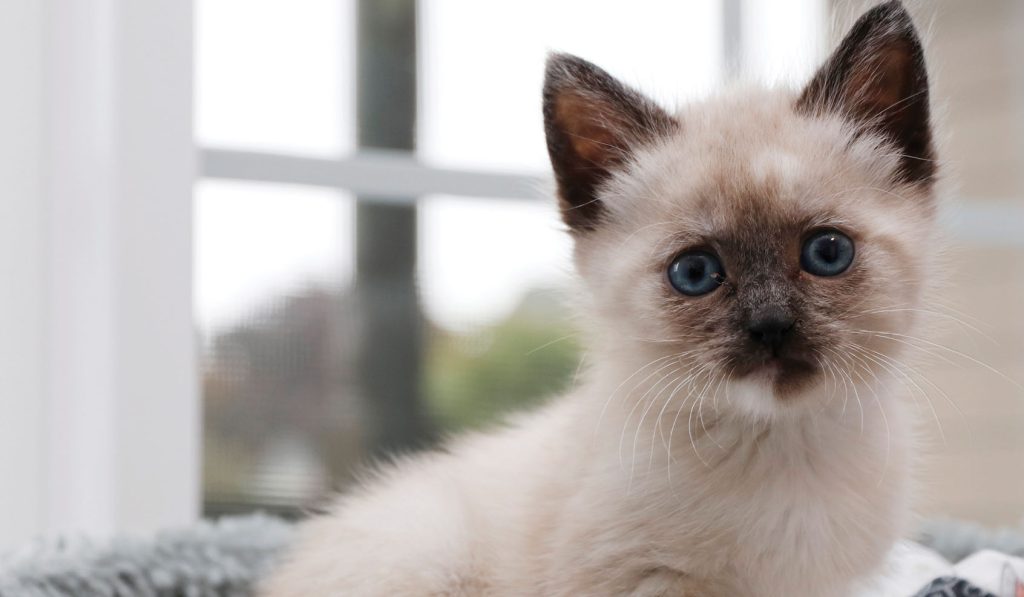
6. Daily Lifestyle Tips to Support Urinary Health
Diet is essential, but a comprehensive care routine is just as important:
1. Encourage More Drinking
- Use a cat water fountain
- Place water bowls in multiple quiet locations, away from food and litter
- Add a bit of chicken broth or cat-safe flavored water
2. Keep the Litter Box Clean and Comfortable
- One litter box per cat, plus one extra
- Scoop daily and do regular full cleanings
- Keep litter boxes in quiet, private areas
3. Reduce Stress
- Avoid frequent environment changes
- Use separate zones in multi-cat homes to reduce tension
- Consider pheromone sprays or diffusers
4. Schedule Regular Vet Checkups
- Annual urinalysis is recommended
- Cats with a history of FLUTD may need periodic ultrasound or X-rays
7. Don’t Underestimate a Drop of Blood in the Urine
Cats may appear fine even when dealing with recurring hematuria. But this doesn’t mean the problem is mild—it means they need our proactive attention more than ever. Urinary-specific cat food isn’t just a marketing gimmick; it’s a scientifically developed solution tailored to feline urinary physiology.
Blood in the urine is never trivial—it’s a red flag from the body. Every bowl of the right food, every sip of clean water, and every timely response to abnormal urination is a vital step in safeguarding your cat’s well-being.
